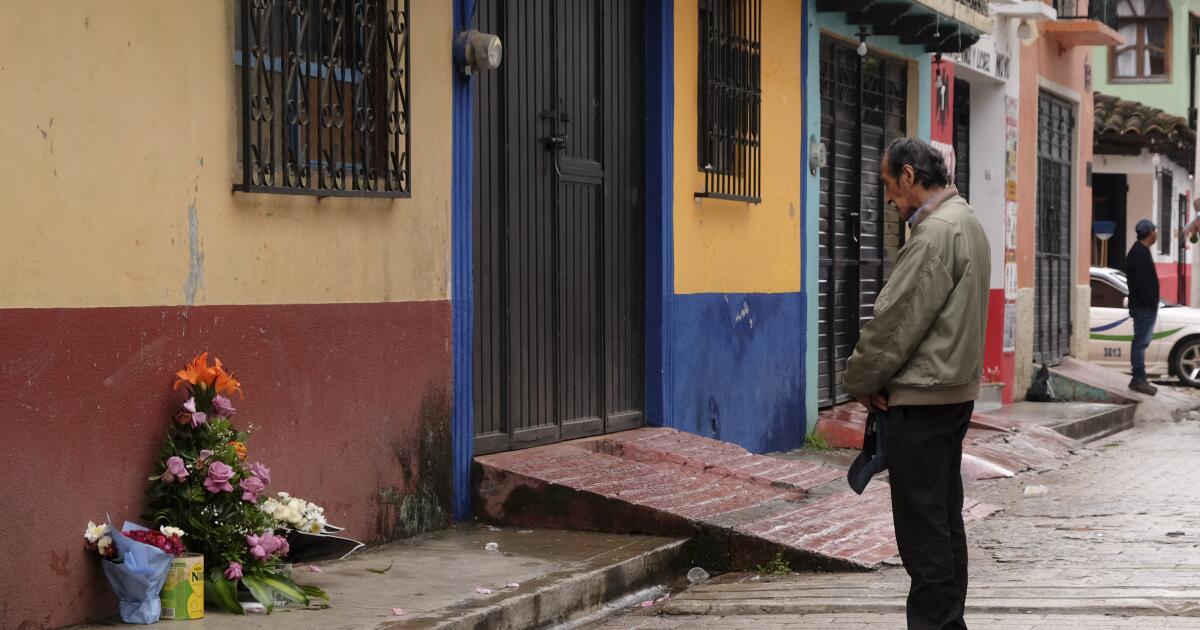Islam Nour has been utilizing synthetic intelligence (AI) to supply his artwork for a while.
The China-based designer has over 50,000 followers throughout social media. Just lately, a lot of his work has targeted on the continued battle in Gaza.
“My objective is to not affect folks as a lot as it’s to precise my emotions and make clear the struggling in Gaza,” Nour informed SBS Examines.
“I all the time strive to not beautify the ache or minimise its extent, however to clarify it as a lot as doable.”
Lots of Nour’s photos have sparked controversy after being reposted on social media, with no acknowledgement of their AI origins.
One broadly circulated picture depicted the discharge of Dr. Mohammed Abu Selmia, a pediatrician and director of al-Shifa Hospital in Gaza.
The picture was utilized in totally different contexts: both criticising the physician’s launch, or praising his return to work.
One other of Nour’s photos, displaying a canine lunging at an aged lady throughout a navy operation, reached greater than 1,000,000 customers.
Islam Nour’s AI-generated art work which has not too long ago gone viral. Credit score: @in.visualart
German information outlet, , has used the circumstances round Nour’s work to focus on the moral problem of figuring out AI-generated content material from actual occasions.
“AI-generated photos, irrespective of how deep, highly effective, or expressive, can’t equal the horrific photos we obtain from Gaza,” Nour mentioned.
He acknowledges his duty as an artist, saying he has an “moral obligation to not lie or fabricate occasions”.
With this in thoughts, he typically shares actual photos and movies from residents alongside his AI creations.
“It’s essential to publish the actual footage and clips,” he famous.
The artistic potential for misinformation
Australian photojournalist Andrew Quilty lived and labored in Afghanistan for 9 years.
He believes conventional photojournalism gives a extra grounded perspective.
“Documenting from the bottom permits for extra understanding,” defined Quilty.
He believes AI-generated photos of struggle are harmful territory, evaluating them to “utilizing a Disney cartoonist to depict occasions as severe as these in struggle zones”.
A self-portrait of Australian photojournalist Andrew Quilty throughout his time working and dwelling within the Center East. Credit score: Andrew Quilty
Quilty mentioned skilled photojournalists are certain by moral requirements that social media creators, aren’t required to stick to.
“A photographer depends on their good repute… whereas there’s no enforcement to affect dissuading somebody sitting on social media from producing a picture that fits their narrative,” he mentioned.
However Quilty additionally believes no {photograph} is solely goal.
“Photographing in battle zones doesn’t get rid of the opportunity of creating bias or misinformation,” he mentioned.
The person ethics of AI
Affiliate Professor of visible communication on the College of Expertise Sydney Cherine Fahd agrees objectivity is sophisticated.
“The concept of authenticity in {a photograph} is form of fiction, as a result of {a photograph} is a split-second second in time offered from a single particular person’s viewpoint,” she mentioned.
A/Prof Fahd additionally sees therapeutic potential for of AI photos.
“AI can be utilized to deceive folks, however it could additionally assist us grieve,” she defined.
As AI evolves, so does the talk surrounding its influence.
Whereas AI-generated photos are usually not images within the conventional sense, they’re nonetheless crafted from images.
A/Prof Fahd doesn’t imagine AI is a menace by itself.
“This concept that AI will spell our wreck — I can’t agree with that,” she mentioned.
“What issues is that we’re conscious of what expertise does.”







